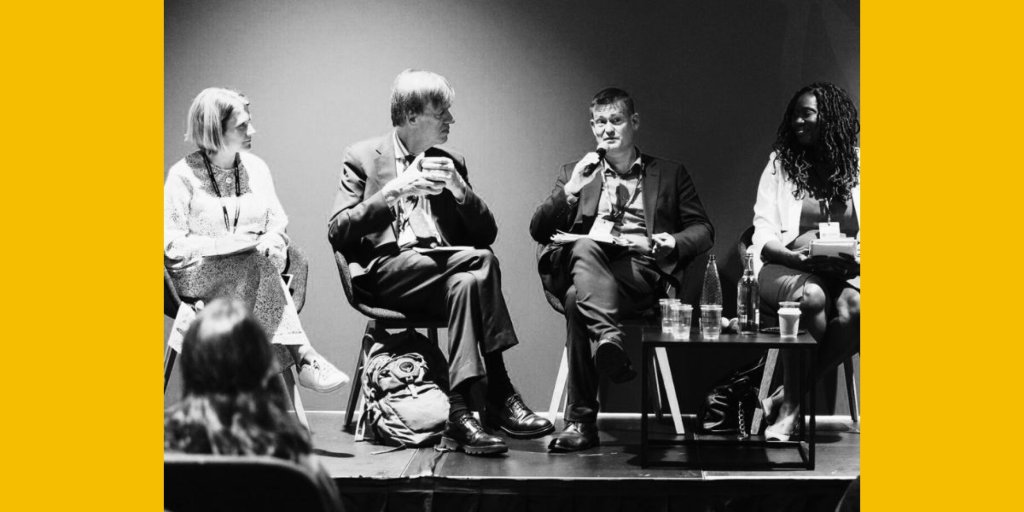As all good communicators know, effective communication means understanding your audiences, and tailoring what you say and offer them to their particular needs. The same applies when working with the press.
Many media outlets provide readers and viewers with a sense of community and identity. Think of the difference between Daily Mail and Mirror readers, for example. It's important, therefore, to pitch your story so it appeals to the audiences of each media outlet if you want maximum impact.
Here, Agenda co-director Becky Slack shares important considerations for deciding who your audiences are, knowing where they find their news and information and then how to position your stories so they appeal to different media perspectives.
First: establish your audience
1. General Public
First things first: There is no such thing as ‘the general public’. The information needs and wants of a teenager are very different to a pensioner, just as they are different for medical professionals and patients. Unless you have the budget and profile of a global superbrand, you are not going to be able to reach ‘the general public’. And nor should you want to...
2. Understand your aims
...as not everyone will be interested in, or relevant to, your communications activities. To establish who your audience might be, think about the change you are trying to bring about through your work and who might support you in that activity or would be interested in what you are doing.
3. Understand your audiences’ values, beliefs and identities
How people vote, their religious faith, their attitudes towards people of different demographic groups, their life experiences, what matters to them right now. All these factors and more will influence someone’s values, beliefs and identities – and therefore their propensity to get involved in what you’re asking them to do.
4. Know your demographics
Demographics such as gender, age, ethnicity and geographical location, help define your target audience further. You need to know as much about them as possible so you can create ‘audience profiles’ of similar types of people – and then research which websites these audience types visit; which newspapers they read; what they listen to and watch.
5. Position your story accordingly
Undertaking good audience research before you approach the media with a story will boost your chances of success. Knowing your audience’s motivations for supporting your work will help find an angle to resonate with their beliefs. The next step is approaching the media your audience prefers.
Second: understand the audience (and tone of voice) of the media outlets
6. Audience needs
At the very front of an editor or journalist’s mind when working on content will be the needs of their reader or viewer. They will have very firm convictions about what is right for their channel and all content will be focused on serving their audience. If they work on regional radio, all content will be focused on issues that matter to that part of the country. If they work on a trade magazine, stories will be focused on that industry or specialism only. You can find information about the news consumption of different audiences here
7. Brand Values
Knowing the market, the media outlet’s brand values, and the information needs of specific audience segments is vitally important for effective press relations. For example, high-end women’s magazines are not going to be interested in low-end products. Magazines focused on ethical living are not going to promote high-carbon activities.
8. Difference between publications
Broadsheets tend to focus on in-depth coverage with a sober, authoritative tone of voice that reflects the perceived intelligence of their readers, who tend to be fairly affluent and well-educated. Tabloids tend to be more irreverent within their writing style, using slang and peppering hard news stories with adjectives, such as “shocking”, “disgraceful” and “scandalous.”
9. Political leanings
More subtle differences between media outlets might be their political allegiances. For example, the New Statesman is a left-leaning politics and current affairs magazine while The Spectator is right-leaning. Prospect magazine on the other hand tries to avoid taking any line at all.
Third: Don’t underestimate local media
10. Trusted sources
Local media offer excellent opportunities for charities, not least because their audiences are so focused. They are often a more trusted and preferred source of information (more people trust what they read in their local paper than what they read on Facebook).
11. Understand their patch
Local media differs from the national or trade press in that they are looking for stories that are specific to their local area. Make sure you understand their reach before making a pitch
Finally: Think about digital tactics
12. The sharing culture
Digital news services have seen the rise of a ‘sharing’ culture – which means the media can be keen to find stories that will have a high shareability factor, particularly with strong images and content which entertains, informs or surprises.
13. Trending topics
Most online news services take care to tap into trending topics, so think about how you can contribute such content. To get as many hits as possible, users are encouraged to rate stories and share them on social media. The success of an article is often based on how many times it has been shared online (something that also supports ad revenue and therefore the financial sustainability of the outlet)
This blog has been adapted from Effective Media Relations for Charities: What Journalists Want and How to Deliver it by our Co-director Becky Slack for a more detailed insight; you can purchase it here.
In a nutshell
Who do you want to reach and why? Reaching your target audience is at the heart of your PR strategy. Be specific: there is no such thing as ‘the general public.’
Think about what you’re trying to bring about through your work and who might support you in that activity. Target your content to the media where those people find their news and information.
Editors and journalists are also your target audience - they have very firm convictions about what content will engage their readers and viewers. Meet the news desk’s needs and you’ll reach your audiences.





